Founded 8400 BCE Condition Submerged | Abandoned 8100 BCE | |
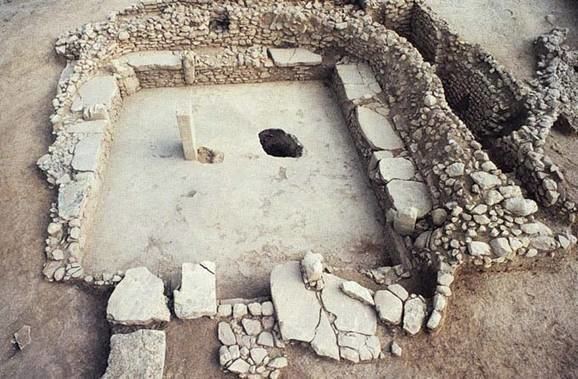 | ||
Similar Göbekli Tepe, Çatalhöyük, Yumuktepe, Elaiussa Sebaste, Kaman‑Kalehöyük | ||
Nevalı Çori was an early Neolithic settlement on the middle Euphrates, in Şanlıurfa Province, Southeastern Anatolia, Turkey. The site is known for having some of the world's oldest known temples and monumental sculpture. Together with the earlier site of Göbekli Tepe, it has revolutionised scientific understanding of the Eurasian Neolithic period. The oldest domesticated Einkorn wheat was found there.
Contents

The settlement was located about 490 m above sea level, in the foothills of the Taurus Mountains, on both banks of the Kantara stream, a tributary of the Euphrates.
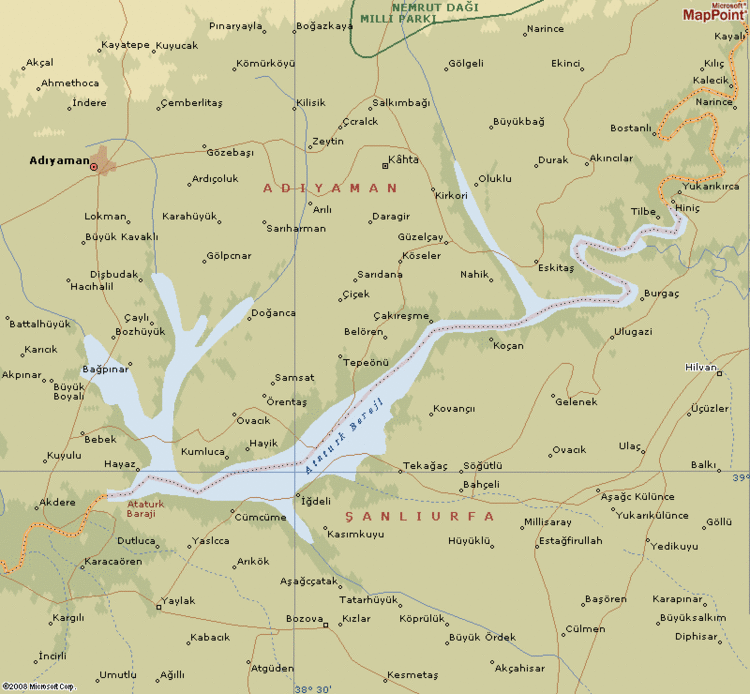
Excavation
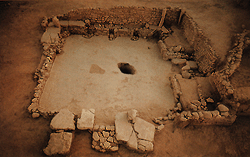
The site was examined from 1983 to 1991 in the context of rescue excavations during the erection of the Atatürk Dam below Samsat. Excavations were conducted by a team from the University of Heidelberg under the direction of Professor Harald Hauptmann. Together with numerous other archaeological sites in the vicinity, Nevalı Çori has since been inundated by the damming of the Euphrates.
Archaeological chronology
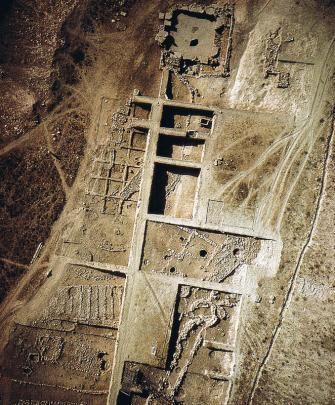
Nevalı Çori could be placed within the local relative chronology on the basis of its flint tools. The occurrence of narrow unretouched Byblos-type points places it on Oliver Aurenche's Phase 3, i.e. early to middle Pre-Pottery Neolithic B (PPNB). Some tools indicate continuity into Phase 4, which is similar in date to Late PPNB. An even finer chronological distinction within Phase 3 is permitted by the settlement's architecture; the house type with underfloor channels, typical of Nevalı Çori strata I-IV, also characterises the "Intermediate Layer" at Çayönü, while the differing plan of the single building in stratum V, House 1, is more clearly connected to the buildings of the "Cellular Plan Layer" at Çayönü.
Common date
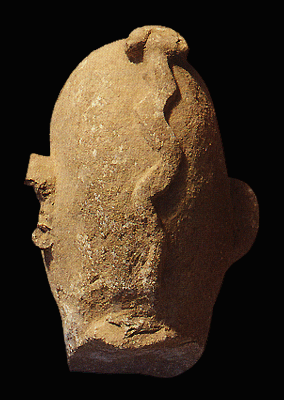
In terms of absolute dates, four radiocarbon dates have been determined for Nevalı Çori. Three are from Stratum II and date it with some certainty to the second half of the 9th millennium BCE, which coincides with early dates from Çayönü and with Mureybet IVA and thus supports the relative chronology above. The fourth dates to the 10th millennium BCE, which, if correct, would indicate the presence of an extremely early phase of PPNB at Nevalı Çori.
Houses
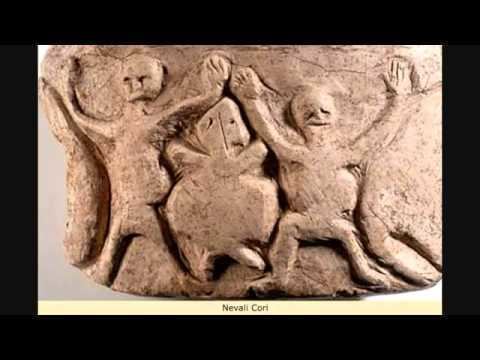
The settlement had five architectural levels. The excavated architectural remains were of long rectangular houses containing two to three parallel flights of rooms, interpreted as mezzanines. These are adjacent to a similarly rectangular ante-structure, subdivided by wall projections, which should be seen as a residential space. This type of house is characterized by thick, multi-layered foundations made of large angular cobbles and boulders, the gaps filled with smaller stones so as to provide a relatively even surface to support the superstructure. These foundations are interrupted every 1-1.5m by underfloor channels, at right angles to the main axis of the houses, which were covered in stone slabs but open to the sides. They may have served the drainage, aeration or the cooling of the houses. 23 such structures were excavated, they are strikingly similar to structures from the so-called channeled subphase at Çayönü.
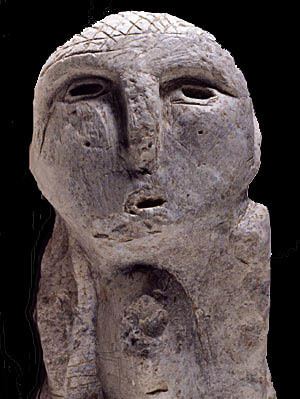
An area in the northwest part of the village appears to be of special importance. Here, a cult complex had been cut into the hillside. It had three subsequent architectural phases, the most recent belonging to Stratum III, the middle one to Stratum II and the oldest to Stratum I. The two more recent phases also possessed a terrazzo-style lime cement floor, which did not survive from the oldest phase. Parallels are known from Cayönü and Göbekli Tepe. Monolithic pillars similar to those at Göbekli Tepe were built into its dry stone walls, its interior contained two free-standing pillars of 3 m height. The excavator assumes light flat roofs. Similar structures are only known from Göbekli Tepe so far.
Soundings cut to examine the western side of the valley also revealed rectilinear architecture in 2-3 layers.
Sculpture and clay figurines
The local limestone was carved into numerous statues and smaller sculptures, including a more than life-sized bare human head with a snake or sikha-like tuft. There is also a statue of a bird. Some of the pillars also bore reliefs, including ones of human hands. The free-standing anthropomorphic figures of limestone excavated at Nevalı Çori belong to the earliest known life-size sculptures. Comparable material has been found at Göbekli Tepe.
Several hundred small clay figurines (about 5 cm high), most of them depicting humans, have been interpreted as votive offerings. They were fired at temperatures between 500-600 °C, which suggests the development of ceramic firing technology before the advent of pottery proper.
Burials
Some of the houses contained depositions of human skulls and incomplete skeletons.
